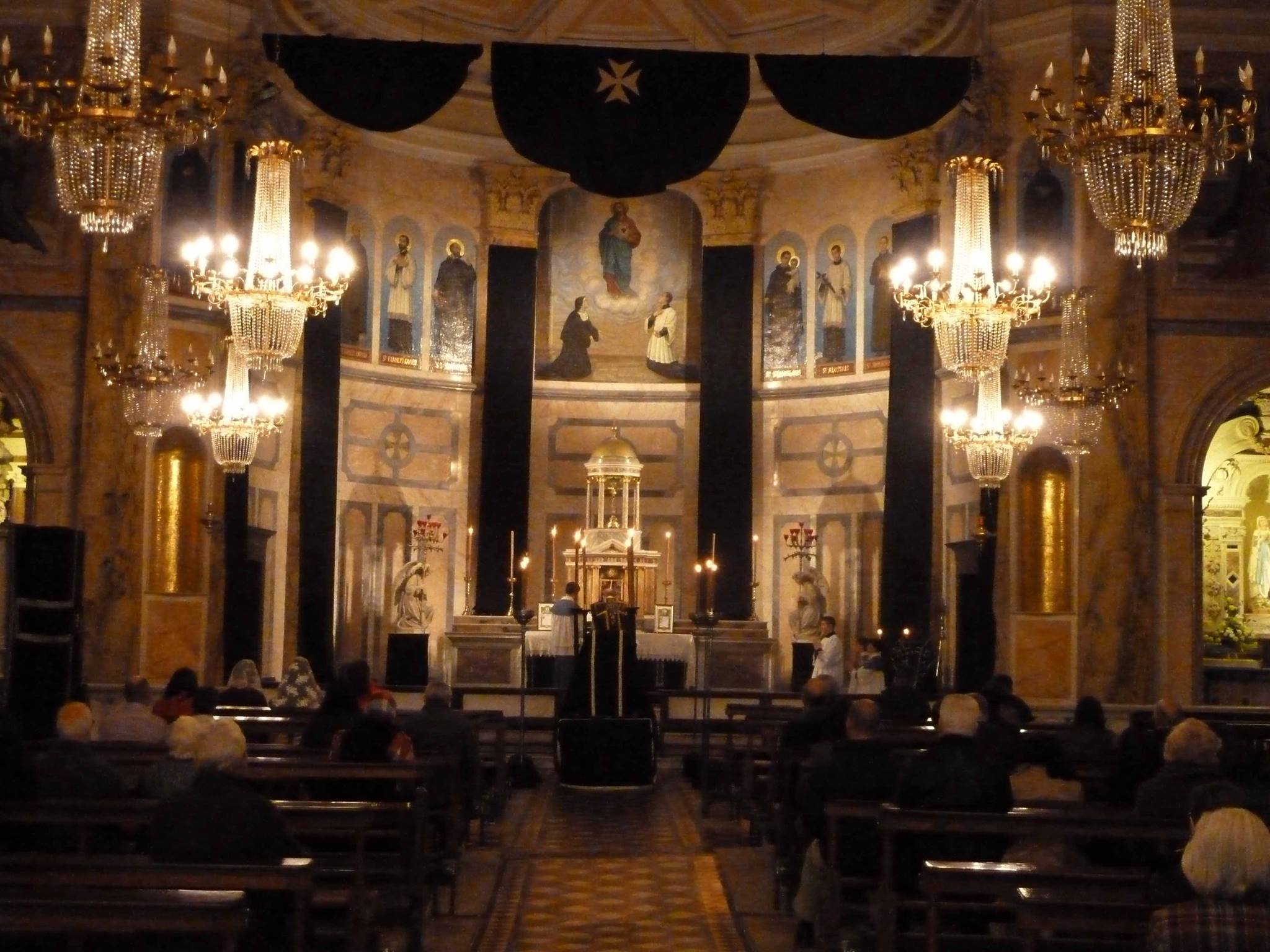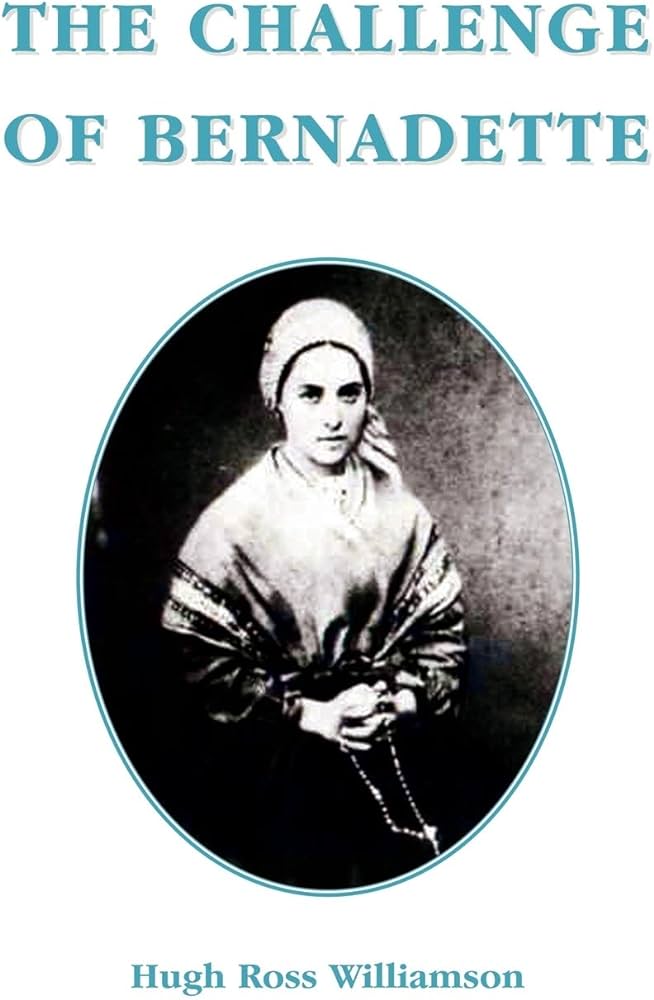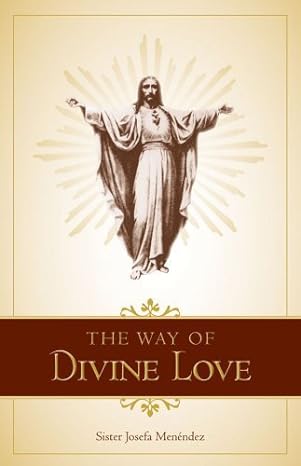
Today, 30th April, in the Traditional calendar, is the Feast of St. Catherine of Siena (1347-1380), Virgin and Doctor of the Church. She is the patron saint of Italy and co-patron of Europe.
St. Catherine was, moreover, the recipient of countless visions, receiving from Our Lord, the Crown of Thorns, the gift of His Sacred Heart and the Stigmata. She is often depicted wearing this thorny crown and dressed in the habit of the Dominican order, to which she belonged.
St. Catherine’s contribution to Holy Church was staggering. Guided by Divine Will, she brought the Pope back to Rome, ending what has been called “Babylonian captivity of the Papacy”, whereby the Popes were removed from Rome to Avignon, France for almost seventy years. She spent much of her short life as an envoy, reconciling conflicts within Italy and Europe.
In Rome, at only thirty-three years (the age of Our Lord) utterly exhausted, she died a holy death. Her depth of prayer, unfaltering charity and unhindered attempts to reconcile a warring Europe, reveal to the world a saint of unearthly purity and fearless dedication to obey God’s will at any cost.
As Dom Gueranger has called her, she was a “lily of dazzling whiteness”.
Childhood and Early Visions
Born into a large Italian family, in the Tuscan town of Siena, St. Catherine was the twenty-third child of twenty-four. But, as was common then, only half the children survived.
When very young, she exhibited a strong propensity for prayer. She learnt the Hail Mary at only three years old and was often heard praying the Angelic Salutation as she ascended the stairs. Her mother even reported seeing her carried by angels.
Aged seven, Catherine experienced her first great vision, which would be of profound significance, overshadowing her entire life. It was a vision of Christ, robed and crowned as the Sovereign Pontiff, prophesying the immense task God had in store for her.
She witnessed this vision before the huge Church of St. Dominic in Siena, where later she would regularly attend Holy Mass and pray for the Dominican brothers, to whom she felt she belonged. She would then join them as a Dominican Sister of Penance and with them attended the poor and sick.
In fact, St. Catherine’s works of mercy had begun long before this, through which she had exhibited incredible devotion and charity. So bold was the young virgin that, she tended those no one else dared touch. Aiding a lady with leprosy, she contracted the disease, but was miraculously cured.
With a small group of disciples, who became her spiritual children, she even cared for plague victims, when the pestilence hit Siena. Whilst some perished, Catherine was always spared.
In a beautiful vision, St. Catherine was betrothed to Her Divine Spouse. In the presence of St. Dominic, St. John and St. Paul, the Blessed Virgin presented Catherine to Him. He gave to His bride an exquisite ring, adorned with pearls and a diamond. Although invisible to others, Catherine saw this ring upon her finger until the day she died.
It would be the same when she received the Stigmata. Having taken Holy Communion, she was transported into ecstasy, the Lord appearing before her. Five flames of blood shot from His Sacred Wounds, piecing into her hands, feet and heart. She begged Him that these signs remain invisible throughout her life. The Lord made it so. Yet after her death, the five wounds could be seen on her saintly body.
St. Catherine’s life was filled with intense periods of prayer, fasting and penance, moulding and shaping her young soul into the great missionary the Lord desired her to be.
And when her mission began, she did not cease from these pious practices. In fact they extended. She even spent months taking no food except the Holy Eucharist. And her prayers became so intense at times that she collapsed through sheer exhaustion. But she always persevered, all for love of her Lord and His Holy Church.
Catherine could do nothing else but follow her Divine Spouse. One day, finding herself wrongly accused of something and pleading to Him to prove her innocence, He appeared to her. In one hand He held a golden crown, in the other, a crown of thorns. He asked her to choose between the two. Catherine took the crown of thorns and pressed it onto her head, knowing that to follow Him is to imitate Him and for this she would suffer greatly.
The Crisis of the Avignon Papacy in Fourteenth Century France
Throughout St. Catherine’s life, the situation in Europe was fraught with war, between nations and within countries themselves. Italy was in turmoil, with countless internal conflicts.
Worst of all, was the situation in Rome. For the Holy Father was not seated within the Eternal City, he was at Avignon. It had been that way for almost seventy years.
It began in 1303, when the King of France, Philip IV, had objected to a papal decree, which, he felt, interfered with kingly power. King Philip sent guards, who captured the Pope, placing him under arrest!
Whilst the papacy did return to Rome, in 1305, Pope Clement V, a Frenchman, was elected. He spent most of his time liaising with the French King, attempting to make peace. With Rome still in disarray, Clement V decided to take up residence in France and in 1309, settled himself at Avignon. This began what has been called the ‘Babylonian Captivity’ of the Popes, when for almost seventy years the papacy was removed from Rome.
Over this time, each Pope elected was native to France and was comfortable to remain in Avignon. This situation enabled the French King to hold more power than the Church. Rome, the Holy City, was abandoned by its’ Vicar.
Into this political and ecclesiastical climate St. Catherine of Siena was born. And it was this crisis Our Lord would request her to remedy – to find the means to seat the Roman Pontiff once more upon the Chair of St. Peter.
Thus, her great mission – foreshadowed by her first mighty childhood vision of Christ as Pontiff – was to reconcile the Pope to Rome.
St. Catherine knew wholeheartedly that Christ moved and acted through His Church and that the Holy Father was His true representative on earth. Therefore, if the Pope was not seated in his rightful place, Christ’s movements within the world were greatly hindered. And souls were in danger.
Seven Popes in all were seated at Avignon, all Frenchmen, with little desire to leave their homeland and face the horrific situation in Rome. They were wholly supported in this by the French King and an almost entirely French body of Cardinals, elected by these French Popes.
It was Gregory XI, the seventh of these French popes, whom Catherine visited, imploring him to return to Rome. According to Alban Butler, this is what occurred:
Gregory XI had made a secret vow to return to Rome; but not finding this design agreeable to his court, he consulted the holy virgin on this subject, who answered, “Fulfil what you have promised to God.” The pope surprised she should know by revelation what he had never discovered to any person on earth, was immediately determined to carry his good design into execution.
Thus Gregory XI consented and braved the journey back to the Eternal City. The people of Rome were overjoyed.
Once there, the fight was far from over. Catherine began to act as peacemaker, attempting to reconcile warring factions within Italy. Much of the rest of her life would be spent this way, writing letters, visiting rulers and taking part in counsels, always encouraging charity and prayer. Yet, for all her mighty efforts, the situation only worsened.
For shortly after Gregory XI took his rightful place, upon the papal throne, he passed away. And his successor, Urban VI was far from diplomatic. His bad temper won him countless enemies, even amongst those meant to be most loyal to him and upon whom he was dependent. His French cardinals even abandoned him, electing an anti-pope, whom they placed at Avignon.
Holy Church was now in schism and Catherine’s heart was broken. She pleaded with the Holy Father to amend his ways and call upon charity and gentleness in all his relations. But listen he did not and Rome was soon under attack by enemies outraged by his conduct. Catherine set to prayer. And pray she did, incessantly, offering all she had for the cause of Holy Church.
And the good Lord answered. For as an army marched upon Rome, Urban VI, seated himself upon the Papal Throne, crowned and robed in pontifical splendour. There he awaited the angry hoards, who barged their way into the city. Yet, on finding the Pontiff enthroned before them, they recoiled. Rome was spared.
Death of St. Catherine of Siena
But Catherine was still heartbroken. She had given her all and would soon die, weakened by her efforts. Her small band of disciples gathered around her, in her little cell, where she offered them wisdom and blessings.
Lying there, upon the hard board, which was her bed, she prayed for Holy Church, the Holy Father and all her spiritual children. And she said. “Lord, Thou dost summon me to Thyself and I am coming to Thee not by my own merits, but solely through Thy mercy, which mercy I crave from Thee in virtue of Thy Blood.”
Just as she exhibits humility here, at the hour of death, so she did in life, never crediting anything to herself.Then, as one of her disciples describes:
Sweetly, with her face like an Angel’s, bowing down her head she gave up the ghost.
St. Catherine of Siena died on 29th April, 1380. Her body was prepared and dressed in her Dominican habit, of white robe and black mantle. Countless pilgrims came to venerate her, paying tribute to the saintly soul who had so loved them and given everything for Holy Church. And miracles abounded. Now freed from her earthly sufferings, St. Catherine’s prayers were unhindered and graces poured down.
In 1461, eighty years after her death, Pope Pius II canonised St. Catherine of Siena. And for her immeasurable contribution, in 1970 Pope Bl. Paul VI pronounced her a Doctor of the Church. In the year 2000, St. John II made her co-patron of Europe.
How on earth can one do justice to such a great soul, whose mightiness was equal to her meekness? Always gentle, always charitable, always humble and ever loving the One Who made her, Who betrothed her and held her through everything in His beloved arms. St. Catherine of Siena, thou art a giant.
St. Catherine, pray for Holy Church.
St. Catherine, pray for the Holy Father.
St. Catherine, pray for Europe.
St. Catherine, pray for us.
Buying Books at Amazon Through These Links Gives Us a Commission. This Supports Our Apostolate. Thank You if You Can Help Us Like This!














Comments
comments are currently closed
2 responses to “Feast of St. Catherine of Siena”
Thank you, dear Kim. I read this with such interest, and the words and truths nourished me and strengthened me.
Much love,
Kelly
Kelly,
Thank you for your little comment. Your words speak to me.
When I am writing about particular saints, it is as though I am communing with them in some way. As though their spirit, their particular qualities are with me, helping me to write about them. St. Catherine of Siena is one such saint. She has become very precious to me.
She is amazing, her depth and greatness and her incredible love for Holy Church, because Holy Church is the way Christ communicates with us and through which He saves us. I too have been very moved by her.
Soon I will put up a book review on a lovely little biography of St. Catherine.
God bless,
Kim